- 34 Posts
- 184 Comments

 62·16 days ago
62·16 days agoCan’t be a passive adapter or else that would mean DisplayPort and HDMI have to protocol compatible. If they were then we wouldn’t have this issue.Apparently I was wrong.

 1·17 days ago
1·17 days agoJust an update. Firefox 146 just dropped with:
- Firefox now natively supports fractional scaled displays on Linux (Wayland), making rendering more effective.
After upgrading to 146 and natively using Wayland, it feels faster. Some fade animations are still choppier, but on average it’s at least tolerable.
Thanks for the suggestions everyone.

 1·20 days ago
1·20 days agoInteresting. I played around with X11 vs Wayland settings just to see what different configurations give me
MOZ_ENABLE_WAYLAND=1 /snap/bin/firefox- Exhibits low FPS issueMOZ_ENABLE_WAYLAND=0 DISABLE_WAYLAND=1 /snap/bin/firefox- Actually feels fast like it should be. Most animations feel faster, some are still choppy though. It’s hard to tell.
It seems like running with X11 sort of the problem? Which seems unexpected and concerns me since I know distros are starting to default to Wayland.

 1·20 days ago
1·20 days agoYep, both are plugged into the graphics card. Other programs and games are a lot faster.

 1·27 days ago
1·27 days agoIf the app is just a WebView wrapper around the application, then the challenge page would load and try to be evaluated.
If it’s a native Android/iOS app, then it probably wouldn’t work because the app would try to make HTTP API calls and get back something unexpected.

 3·1 month ago
3·1 month agoUnless you’re running VLANs, in which case the inter VLAN is normally handled by the router. I also expose my home lab services over BGP so all my traffic hits the router then comes back to my lab services.

 10·1 month ago
10·1 month agoEvery WiFi router and network has something called an SSID and a BSSID. The SSID is the friendly name that you use to show off your puns to your neighbors. The BSSID is a 6 byte MAC address. All devices use the BSSID when connecting and communicating.
With a non hidden SSID, your router broadcasts the SSID and BSSID.
The BSSID doesn’t change even if you change your SSID (Though APs with support for multiple SSID create a different BSSID per network) and it’s what is actually used for geo location.
When it’s hidden, it doesn’t send the SSID out, but sends out packets with the BSSID. Clients then scream out to the void “anybody know the SSID ‘My Secret SSID??’” Then it’ll respond.
So basically hidden networks still send out the unique identifying address and then when you take your phone with you, you’re just telling everybody what your home WiFi is called.
Hidden SSIDs are not that useful.

 26·1 month ago
26·1 month agohttps://forum.syncthing.net/t/discontinuing-syncthing-android/23002
According to this post, it was partly that and lack of maintainers. Given there’s maintainers for a fork, I’m curious why they didn’t bring them into the main project.
Reason is a combination of Google making Play publishing something between hard and impossible and no active maintenance. The app saw no significant development for a long time and without Play releases I do no longer see enough benefit and/or have enough motivation to keep up the ongoing maintenance an app requires even without doing much, if any, changes.

 41·1 month ago
41·1 month agoWe’re sort of in this situation because the official project decided not to continue providing an official Android app, yet people want to use it on Android forcing unofficial versions to be created and maintained.
I get that they don’t want to deal with Google Play anymore, but somebody has to deal with it and them not owning the app is putting users at risk.

 3·2 months ago
3·2 months agoThe MinisForum B550 is what I use for my own setup and it works pretty well.

 16·2 months ago
16·2 months agoI was surprised to see this. I encouraged friends to get the Yellow because of the PoE support that the Green didn’t have IIRC.
Rebase still means you have to resolve conflicts, but it can be worse because you may have to resolve conflicts across multiple commits that you’re rebasing on top of a conflict.

 6·3 months ago
6·3 months agoFor what it’s worth, they reversed that policy

 25·3 months ago
25·3 months agoThat probably makes sense. Most people don’t have the risk of a malicious actor sniffing their TPM bus and those that do can opt in. Everybody else can still benefit from a TPM

 1·3 months ago
1·3 months agoThat’s a safe assumption given the post is about entries in the logbook and that depends on the recorder.

 12·3 months ago
12·3 months agoThis only hides the entries from the logbook, but they’re still being saved to database taking up disk space.
I would go further and exclude them from the
recorder.
That would appear to be intentional. If you go to any other page user select works fine

 9·3 months ago
9·3 months agoI’d prefer if the Steam app uses the 64 bit libraries so I don’t have to install a bunch of 32 bit dependencies too.
A newer release, v0.6.30 is already released to fix an issue with OneDrive integration.
Looks like they finally finally made their slim image tag smaller than the main image:
ghcr.io/open-webui/open-webui:v0.6.30-slim 7c61b17433e8 46 hours ago 4.3GB ghcr.io/open-webui/open-webui:v0.6.30 c1ac444c0471 46 hours ago 4.82GBThough only saving .5GB of space is not very slim. I use OpenWebUI in my home lab, but this issue just made me question the quality of the project a tiny bit.

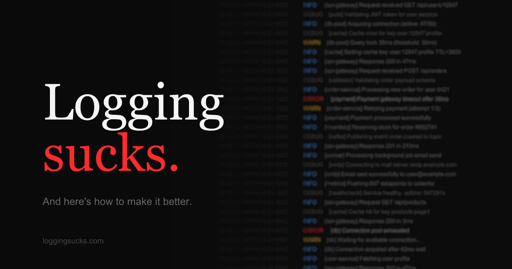

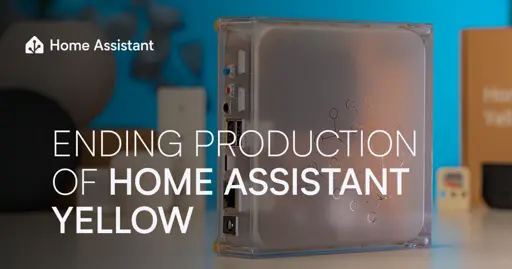



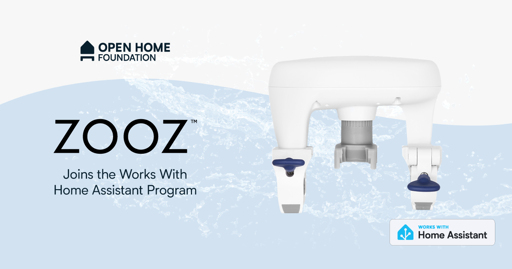
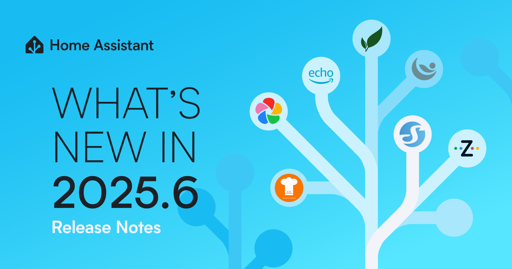
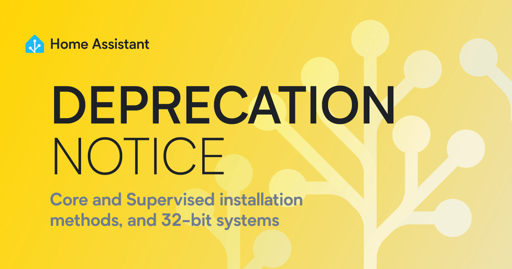

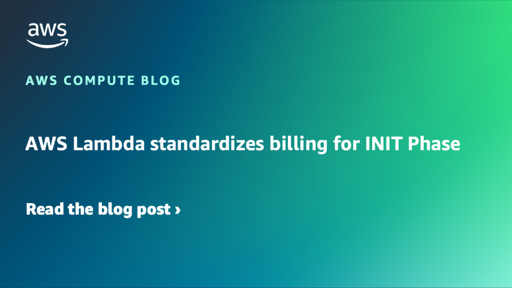

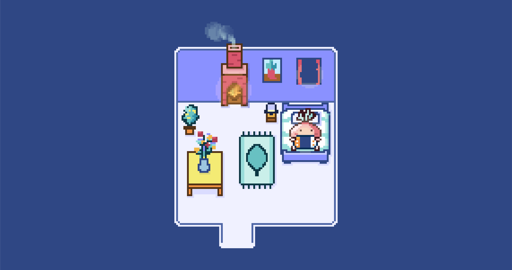
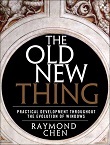

I use it to play music from Jellyfin to my Sonos speakers. It won’t fix a Jellyfin library that has bad data, but it can pull in music from multiple different sources and push to different players.
It works well enough. Some issues where songs get interrupted, but I think that’s issue with the Music Assistant/Sonos integration.